What's New In Robotics This Week - Oct 28

Posted on Oct 28, 2016 7:00 AM. 9 min read time
Robot swarms galore from wearables to agriculture and the military; Singapore's paint-spraying bot; robot learns by watching humans play with Lego; and much more. Find out what's happening in our robotics universe this week. We hope that the news we have selected will interest and amuse you. Enjoy!
Tiny Fabric-clinging Robots Are a Fashion Statement (Popular Science)
Researchers at MIT and Stanford have developed tiny robots that can crawl and climb over clothing.
Popular Science reports:
"The researchers propose a number of possible use cases: A fleet of the robots could assemble on a wearer’s arm to create a display to watch video on the subway or tap a person on the shoulder when there’s new email. Or the wearable robots might roll up your sleeve or group into a safety light on your back when you’re riding a bicycle.
There might not be a large market in people who want a robot that moves up their sleeve to remind them about email, but the technology has applications beyond just clothing. Lockheed Martin has a large, fabric-crawling robot that it uses to inspect airships for leaks, and smaller versions of the technology could inspect all sorts of cloth structures. That’s not fashion, exactly, but airship leaks are never in style."
As Recode explains:
"The robots are held in place and able to scale garments with the help of magnetic gripping wheels that sit on either side of the fabric. Using sensors and artificial intelligence, the mini-rovers are partially autonomous. The researchers describe a scenario where the on-body robot crawls into your pocket when it’s not needed."
Swarms of Tiny, Cute Robots Will One Day Bring You Your Phone, Like This (TechCrunch)
The next story in what turned out to be a busy week in the world of swarm robotics news concerns the "Zooids" --a swarm of prototype miniature robots designed for a variety of home applications.
TechCrunch reported on the small, but highly-capable prototypes:
"The bots, named after the individual creatures that make up colonial organisms, were presented earlier this week at the Association for Computing Machinery’s UIST conference. Their creators, a multi-university group of roboticists, propose them as the beginning of a new type of “swarm user interface.”
Each robot has little wheels, a touch sensor and gyros, and an optical sensor on top that monitors its position by watching patterns coming from a projector overhead. They don’t operate independently, rather taking instructions on where to go from the computer tracking them."
Possible applications include arranging the swarm to display information, provide haptic interfaces, and manipulate real-world objects.
Swarms of Precision Agriculture Robots Could Help Put Food on the Table (Robohub)
Meanwhile in Europe, researchers are working on an ECHORD++ funded research project dubbed ‘SAGA: Swarm Robotics for Agricultural Applications’. The team has been tasked with creating a swarm of drones that can monitor fields and (via on-board machine vision) precisely detect the presence of weeds.
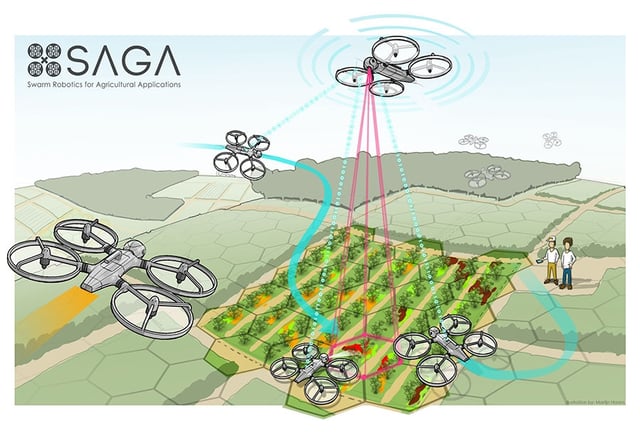
Robohub takes up the story:
"[The] drones attract each another at weed-infested areas, allowing them to inspect only those areas accurately, similar to how swarms of bees forage the most profitable flower patches. In this way, the planning of weed control activities can be limited to high-priority areas, generating savings at the same time as increasing productivity.
“The application of swarm robotics to precision agriculture represents a paradigm shift with a tremendous potential impact” says Dr. Vito Trianni, SAGA project coordinator and researcher at the Institute of Cognitive Sciences and Technologies of the Italian National Research Council (ISTC-CNR). “As the price of robotics hardware lowers, and the miniaturization and abilities of robots increase, we will soon be able to automate solutions at the individual plant level,” says Dr. Trianni. “This needs to be accompanied by the ability to work in large groups, so as to efficiently cover big fields and work in synergy. Swarm robotics offers solutions to such a problem.”
A Surface Vessel Just Commanded a Submarine to Launch an Aircraft—all Unmanned (ArsTechnica)
Another swarm robotics story emerged this, following news that the U.S. Navy has successfully deployed a Vector Hawk drone using an unmanned submarine and surface vehicle.
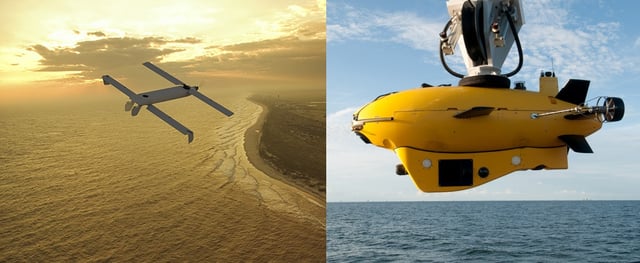
As Ars Technica reported, it's believed that this is the first time this combination of platforms has been successfully tested.
"The exercise began with instructions issued from a ground control station to the Submaran, an unmanned surface vehicle (USV) developed by Ocean Aero. The USV relayed the instructions it received via an acoustic modem to a submerged autonomous underwater vehicle (AUV), Lockheed’s Marlin Mk.2, which carried Vector Hawk as it cruised below the surface of the Bay.
Upon receiving a command order from Submaran, the Marlin AUV transited to a launch site as instructed, where it then surfaced. Once above water, the Marlin acted on further instruction to ready a canister containing a Vector Hawk. The canister received a GPS position, which was passed to the UAV. Then the top of the canister opened and the Vector Hawk was ejected from the canister, unfolding its airfoils and flying away."
Elsewhere, Robohub reported on "mROBerTO" a modular millirobot developed to aid swarm behavior researchers.
If this week's news alone is anything to go by, it looks like we're going to need as many swarm robotics experts as we can get over the next few years.
Naturally, I'm wondering what the collective noun for a group of swarm robotics researchers should be... A "hive"? A "pack"? A "squarm"? Or something else entirely?
Answers on a postcard, please.
NTU’s Robot to Spray Paint JTC’s Industrial Developments (Nanyang Technological University)
Roboticists at Nanyang Technological University (NTU), Singapore, in collaboration with JTC Corporation and local start-up Aitech Robotics and Automation, have created "PictoBot," a spray-painting robot designed for use in industrial locations.
NTU media revealed the system this week:
"Principal Investigator Prof Chen I-Ming, the Director of NTU Robotic Research Centre, said the spray-painting robot can paint faster and more evenly in tests, and has a higher quality of finish compared to current methods.
“Painting large industrial spaces is repetitive, labor intensive and time-consuming. PictoBot can paint while a supervisor focuses on operating it,” said Prof Chen. “The autonomous behavior also means that a single operator can handle multiple robots and refill their paint reservoirs.”
The PictoBot combines several components to automate the interior wall spray-painting process, including a six-axis robotic arm, an optical camera, a laser scanner, a precise spray nozzle and high pressure paint pump that paints at a rate that's four times faster than traditional hand-brushing or rolling, and an automated jack-up platform that enables the robot to reach up to 10 meters high.
Robot Learns to Play With Lego by Watching Human Teachers (New Scientist)
AI experts at the Freiburg University of Mining and Technology in Germany have created a robot that can learn to play with Lego by watching human teachers.
Using a Universal Robots collaborative robot arm, a Robotiq gripper, and a Kinect depth camera, the robot watched two experienced Lego users assemble a rocket. After just one observation session the robot was able to collaborate with a human on the same project.
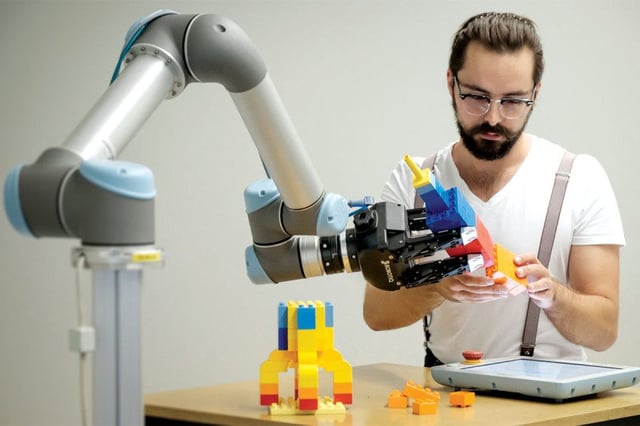
As New Scientist put it:
"[The] team thinks that learning through human demonstrations will make robots better able to assist humans with skilled factory work. This could mean having the right tool ready when a worker needs it or stepping in to perform some tasks on its own. That could relieve some of the physical stress on workers, says team member Heni Ben Amor at Arizona State University in Tempe.
“Ideally, humans and robots together should be able to do something that, individually or separately, they wouldn’t have been able to do alone,” he says.
Before I sign off for this week, its been a busy time for conferences, with the IEEE International Symposium on Safety Security and Rescue Robotics in Lausanne, Switzerland and the World Robot Conference (WRC) in Beijing, China (to name just two) running at the same time. There's some video from the WRC below and in next week's edition, we'll take a closer look at some of the exciting new technologies unveiled at these events.
Until then, enjoy these links...
And Finally...
Why Robots Must Learn to Tell Us “No” (Scientific American)
Robot co-workers in the operating room (Robohub)
Will you and your robot look back in 10 years and thank Geordie Rose? (Montreal Gazette)
Airbus has a secret flying-car project called Vahana (The Verge)
Weird dancing robots are here to help you at the San Jose airport (recode)
Robot Researchers Not Trying to Replicate People (Wall Street Journal)
Robots are key in China's strategy to surpass rivals (CBS News)
ABB and Huawei Announce IIoT Collaboration (Engineering.com)
4 Reasons Why Tesla's Autonomous Driving Announcement Matters (Fortune)
China wants to send more robots to work (The Straits Times)
"What's New In Robotics This Week" is compiled from Wed-Wed and published on Fridays.




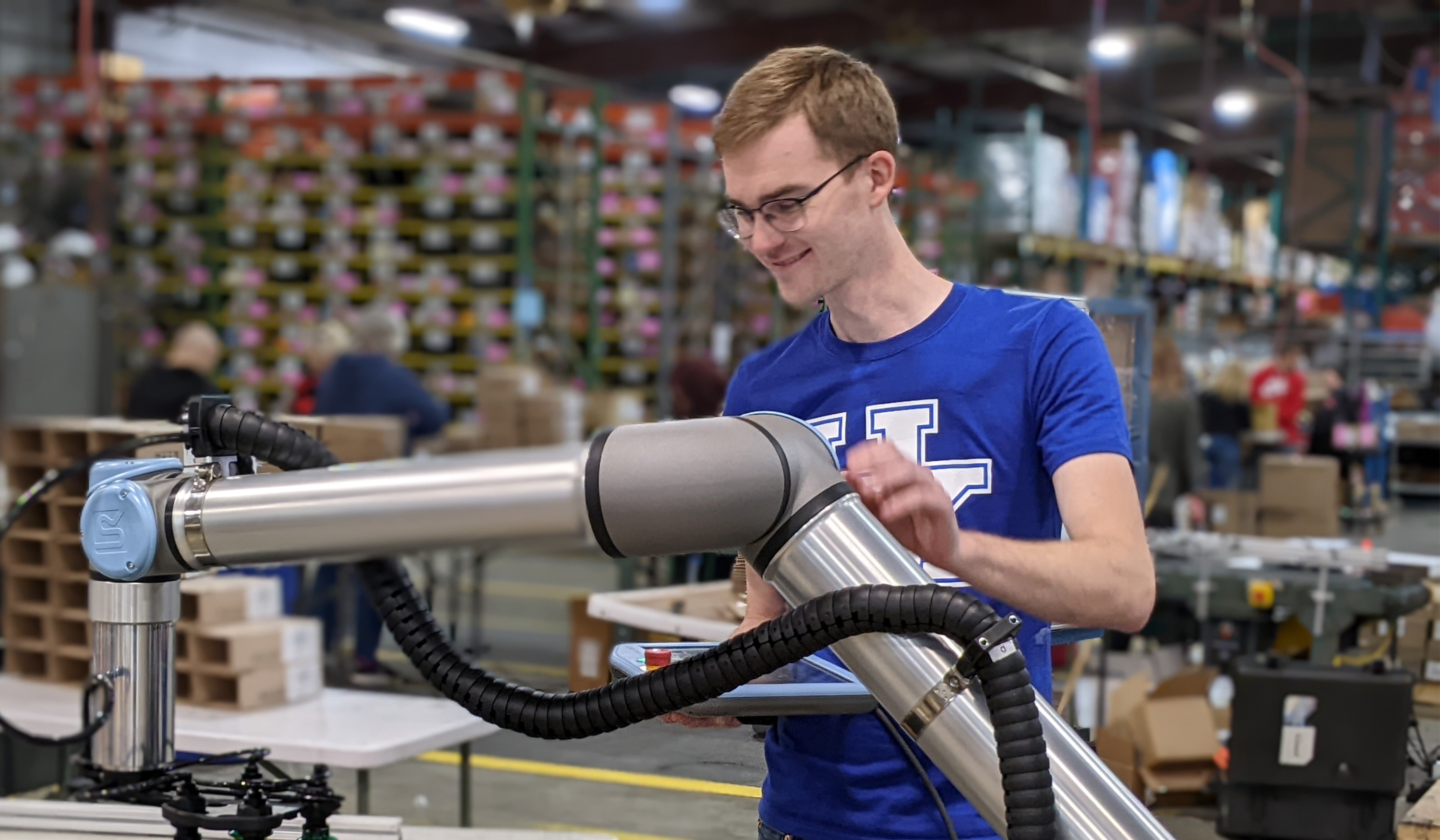

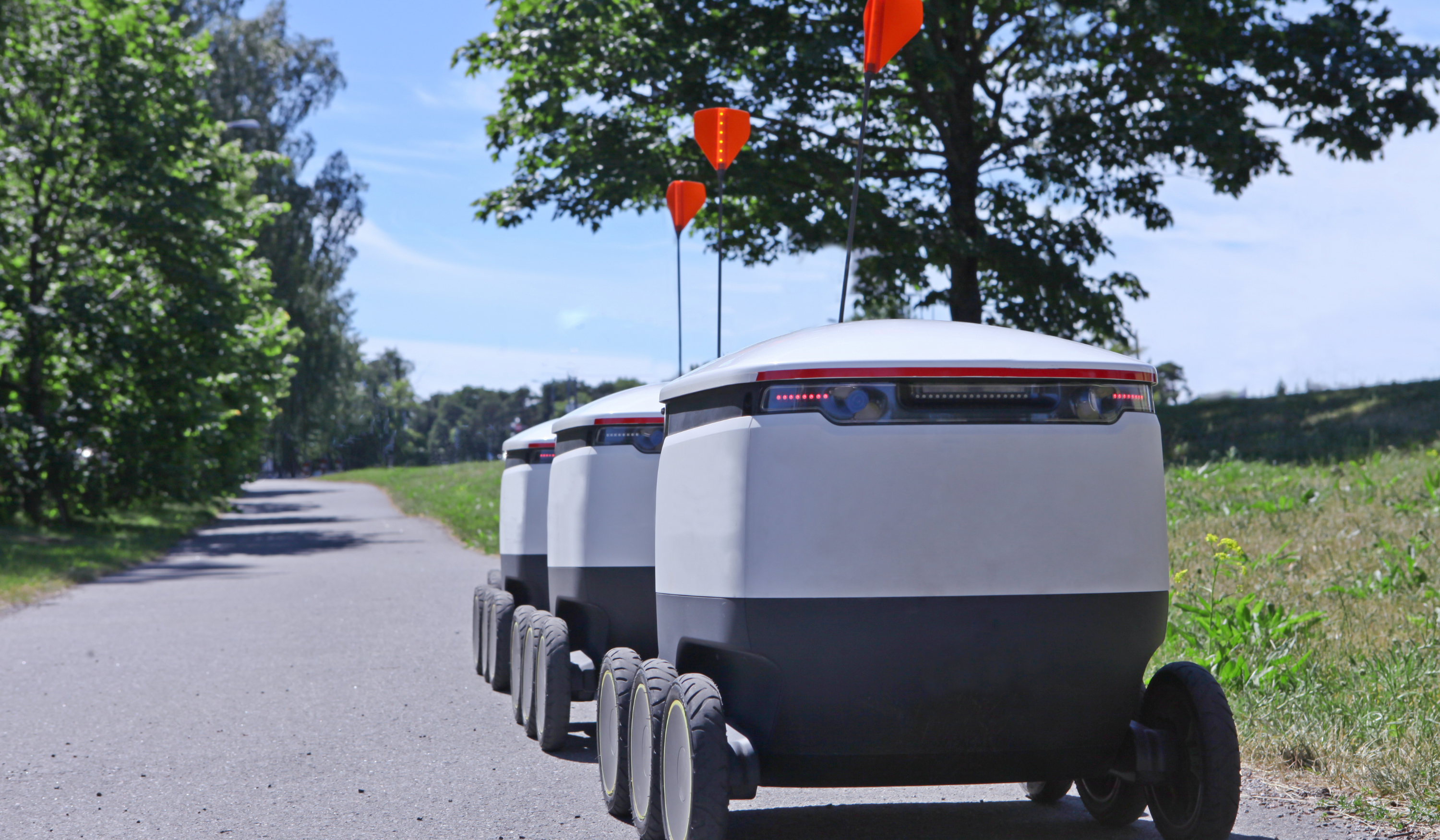

Leave a comment